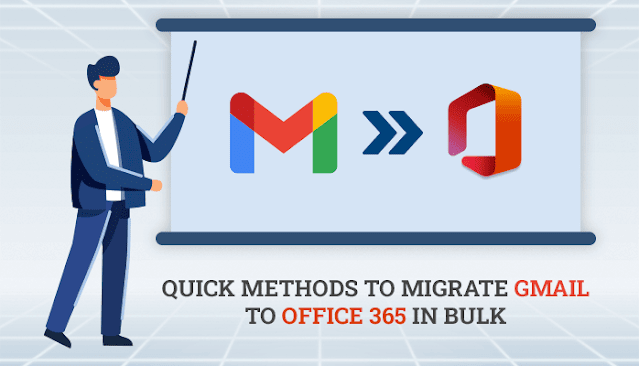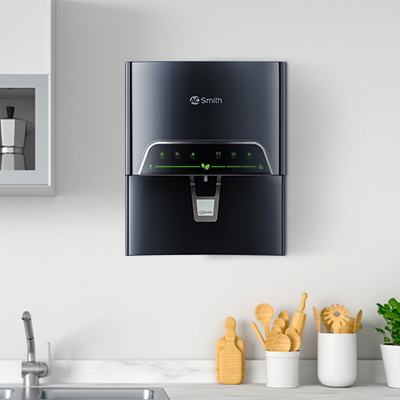Improve Your SEO Results By Cleaning Up Your Content
In the end, without SEO, your content could be hidden somewhere on page 50 of search results, and we know that the quality of traffic on these pages is not acceptable. In the same way, your page one ranking is only a small benefit if your content's post-click quality is not good. So, a positive connection between SEO and high-quality content is vital! Here are ten ways for writing SEO-friendly content to help your content stand out and improve your SEO efforts at the same while.
If you want to do guest posts on news sites, you can directly search on Google, write for us+ news and you will get a list of news websites.
SEO Writing Tips to Make Your Content Clean
1. Write first for your audience.
This SEO content writing trick is top of the list due to reasons. It's easy to follow. However, many businesses write content for the wrong motives. Create content that appeals to the interests of your prospective market or addresses their concerns. The content you write should not be related to your product or service; however, it should all be relevant to the industry. Your company can establish itself by being an industry expert within your field by creating SEO-friendly content that is engaging and informative. It would help if you did it better than your competitors.
2. All this will be under one under one
Earn the recognition and web traffic you deserve by ensuring your content is under your domain's name. If you have your blog, you can choose not to host it using WordPress and Blogger and then host your blog as a subfolder under your website (i.e., www.example.com/blog ). If you're allowed to showcase other kinds of original content such as videos or infographics, ensure that you integrate them on your site and share them via your website.
3. Create headlines that pack an emotional punch
There is a small amount of text that can make an enormous impression. Don't underestimate the impact of a compelling headline for SEO! Create headlines that are concise, appealing, engaging, and include powerful keywords. In addition to having a good headline, make sure you write meta-descriptions that are engaging and elaborate on the subject you have chosen for your piece. Recognize that your meta description will appear in the outcomes of searches. Make sure that they count!
4. Use keyword-rich phrases
Make sure you use relevant, keyword-rich words in your headlines and throughout your text to let your readers and indexing engines understand what your article is about. However, using excessive keywords can make your readers uncomfortable and lead to penalties to search engines for keyword overuse. Utilize keywords with caution and sparingly and stick to an organic look. Alongside using keywords throughout your article, use tag tags on your blog by including some relevant keywords in every blog post. The majority of general blogs come with tagging features already included.
5. Make sure you structure your posts
Your content might be fantastic, but it is easily lost when it is not organized and in an inefficient style. Separating your content into smaller sections with headlines allows for a quick read that keeps your readers interested. In the case of search engines, it is also essential to organize your backend. Making sure you use the proper tag structure when labeling the headlines (H1 as for the title, H2 to indicate subtitles) is crucial to keep an organized article.
6. Incorporate images
Your posts should be bursting by using images! People are visually inclined. Adding images to your blog post can create an impact. Do you have an account on the Pinterest account? Apart from promoting your blog across all of your social media platforms, Images on posts can be pinnable to Pinterest, bringing additional visitors to your site.
7. Propel content through social media
Social media is a potent tool that will help you increase the visibility of your content and encourage sharing. Make sure to post each new blog post on social media platforms and forums, with compelling descriptions and calls to action. Because the strength of social media is on sharing content, it's crucial to add buttons for sharing on all blog posts. If you'd like to have greater control over the way your links show up when shared, using Twitter cards for Twitter and Open Graph for Facebook (technical) could provide your shared links with an increase in visibility and improve your click-through rates.
8. Implement Google Authorship
Google Authorship is a quick and simple way to tie the content to an author. All you need is a Google+ account. In turn, your content will appear as rich snippets within the results that include the photo of the author and the title of the article. Google Authorship is great for advertising your brand but will also boost the rate of click-throughs for your posts. When you're an Author, discover how to set up Authorship for your site.
9. Encourage natural link building
Link development had evolved a great deal since there were link farms and buying links; However, links are an essential ranking factor in SEO. Linking to your content or website on your blog post gives you a link back to your site if a different website picks up your content. If you're imaginative with other types of content such as infographics and videos, embedding an embed code to your site can help encourage sharing content and includes a link back to the source. Creating SEO-friendly content will increase shareability and increase the chances of other places to connect to it, so ensure that your content is high-quality!
10. Be aware of your activities
Keep up-to-date with your SEO-friendly content by keeping track of your efforts. Google Analytics is an easy and cost-free method of tracking your page views and the amount of time spent on the page. Examine things like your bounce rates and time on the site to understand how users interact with your website once they've come across your content. If you observe a significant decline in bounce rates and an average of a small amount of time on your site, it's clues that the content isn't pertinent to what users wanted or even less appealing to them in any way. Additionally, look at the amount of social interaction (shares or likes, for instance ) to determine the popularity of your content. Looking at these simple numbers can give you an idea of what content items are popular and well-liked to duplicate this kind of content down the way.



